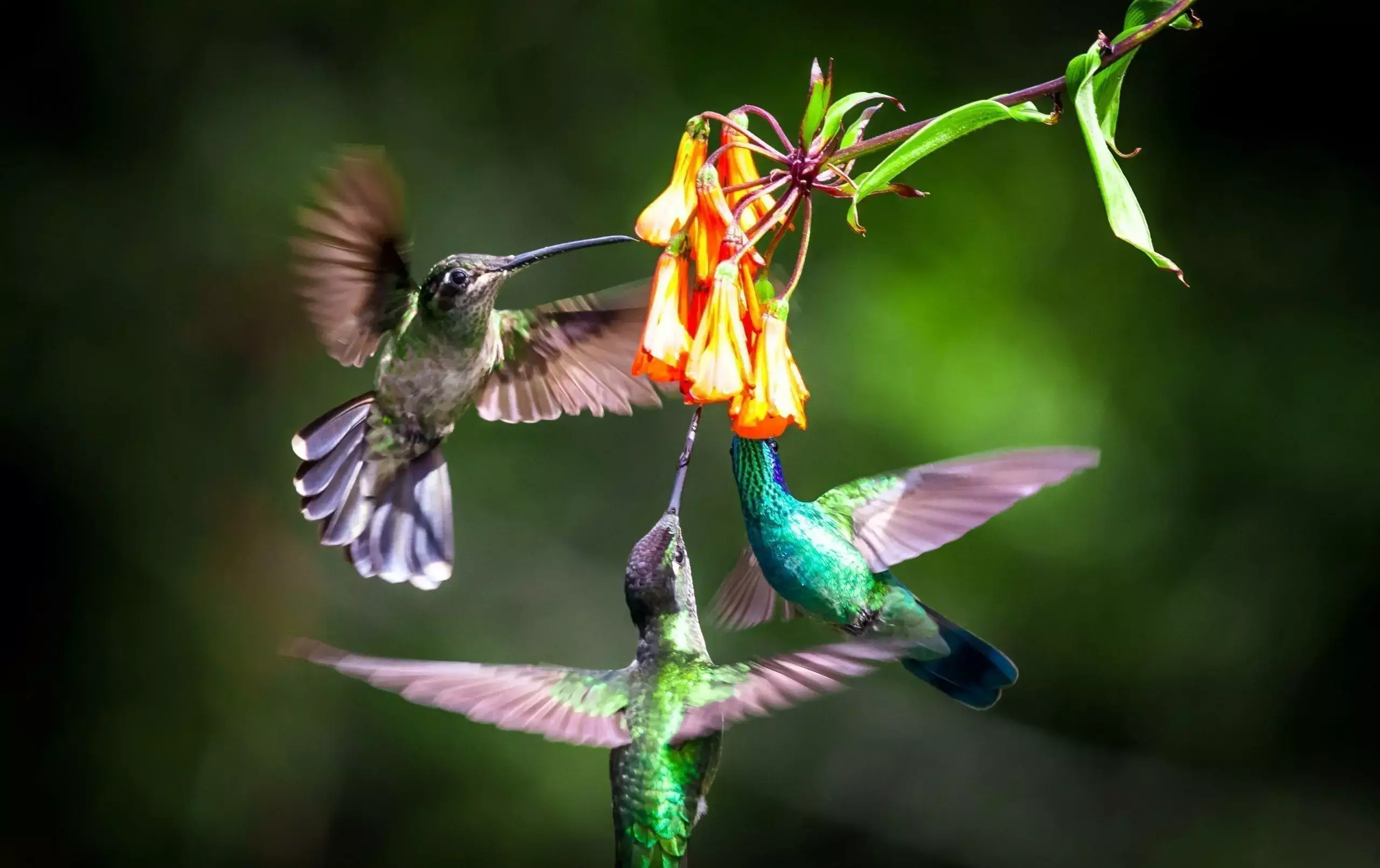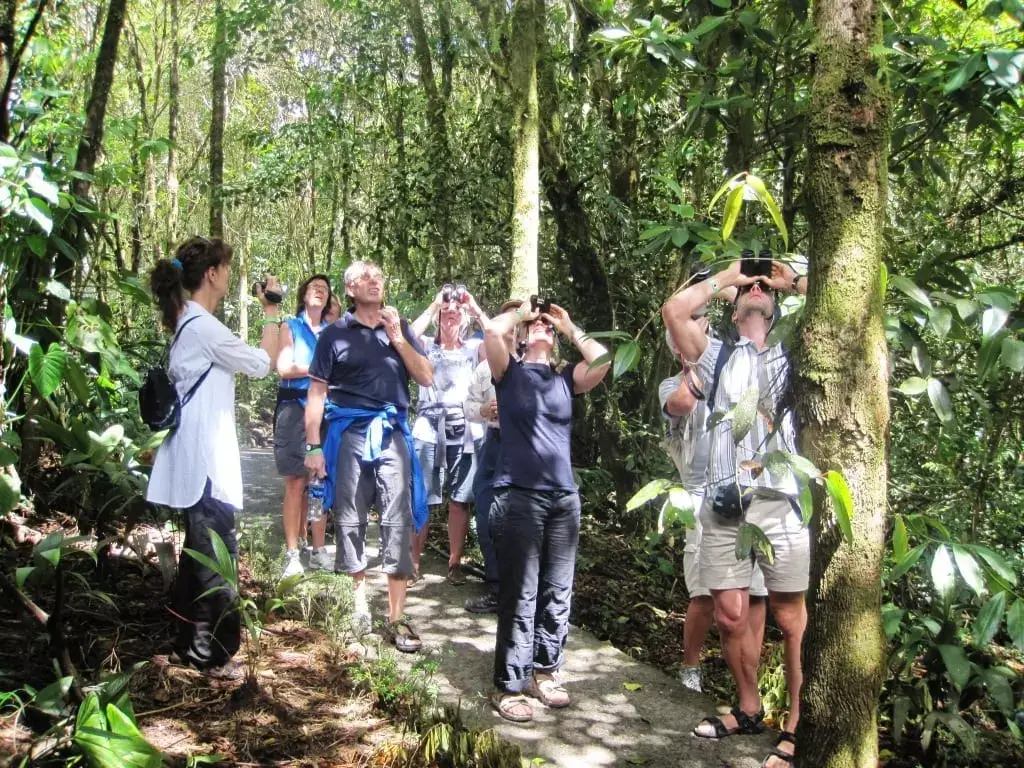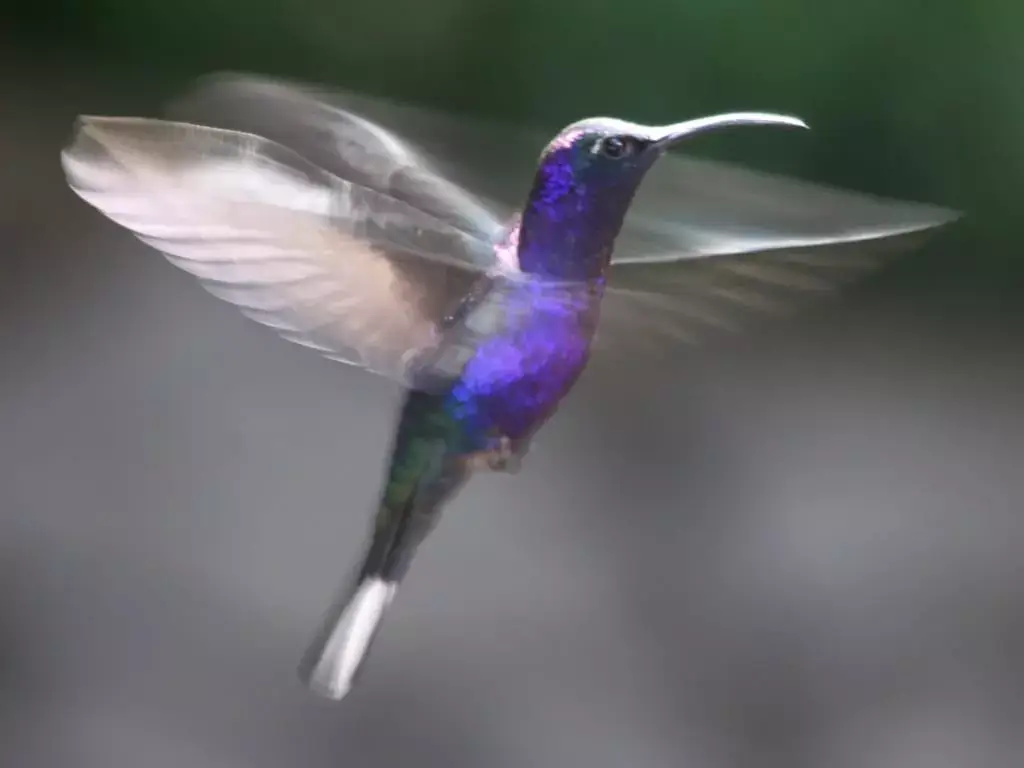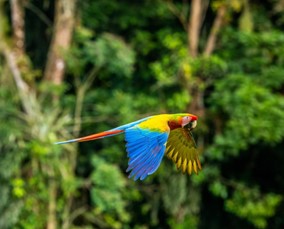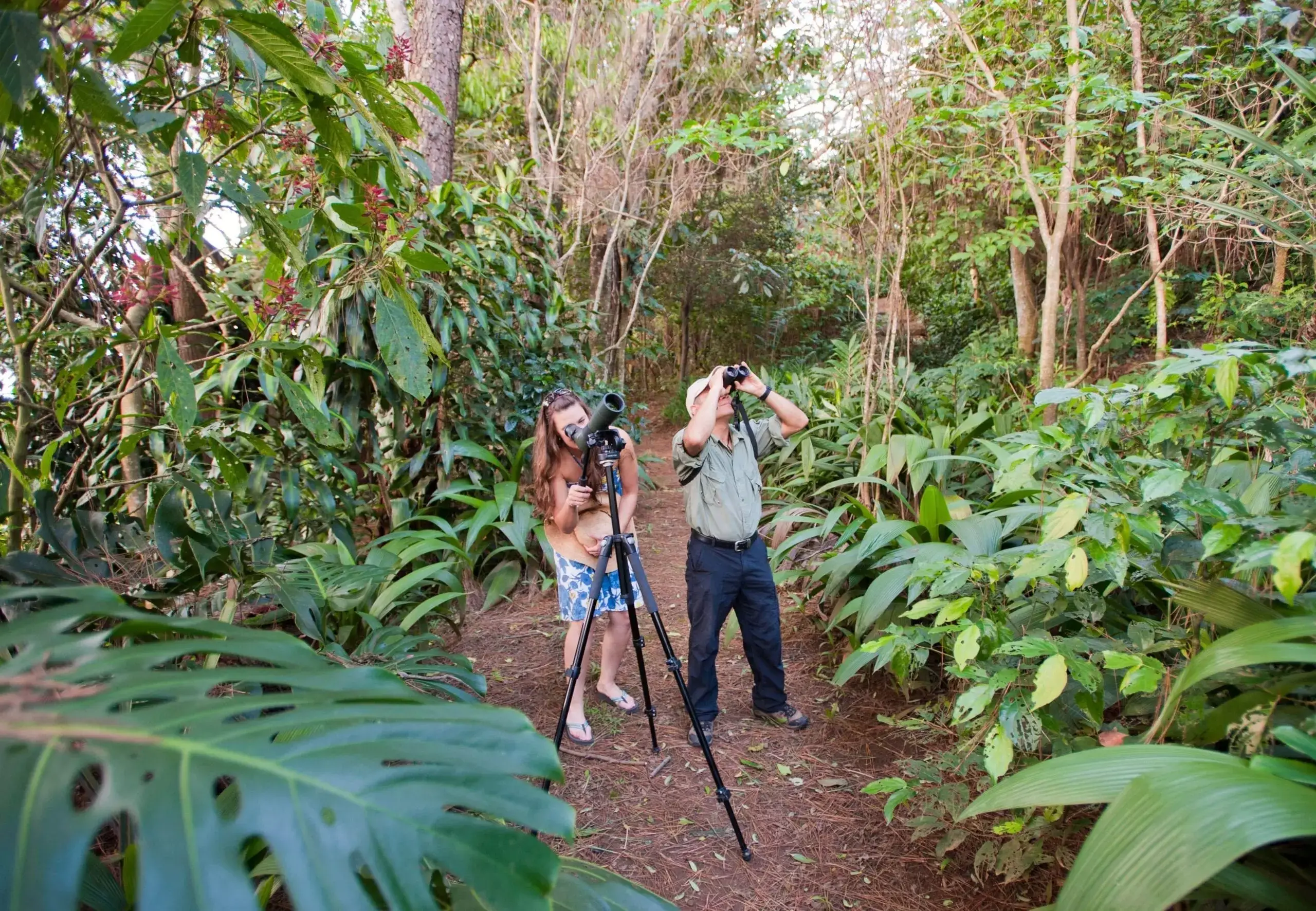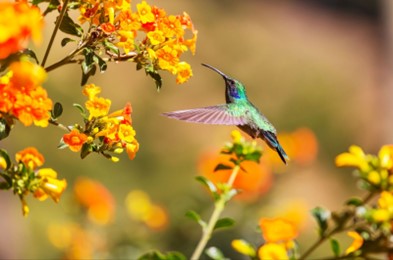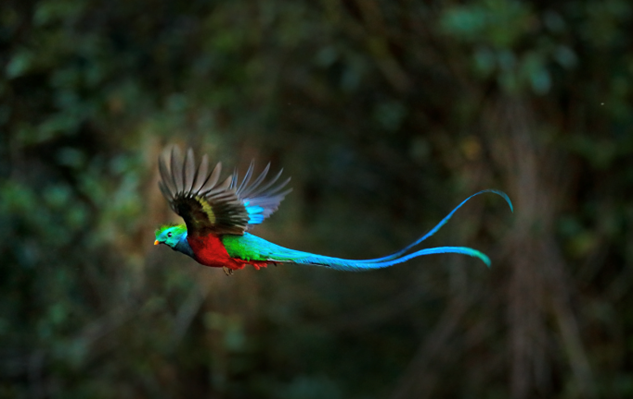Birdwatching in Costa Rica
Why should you go birding in Costa Rica?
Costa Rica is a bird-watching haven, boasting over 850 species in an area the size of West Virginia, surpassing the bird counts of the United States and Canada combined. With 12 of the world’s 18 life zones, its diverse climates, from volcanoes to rolling hills, contribute to the vast species variety. Iconic birds like toucans, scarlet macaws, motmots, and the Quetzal can be spotted, with up to 150 species observable in a single day. The nation’s varied ecosystems, from the Nicoya Peninsula’s dry tropics to the Caribbean Coast’s humid lowlands, offer unparalleled bird-watching prospects.
The Different Types of Birds in Costa Rica
Costa Rica is a birdwatcher’s paradise, boasting an incredible diversity of avian species. From vibrant toucans to elusive quetzals, this Central American country is home to some truly unique and fascinating birds.
- Resplendent Quetzal: Known for its striking green plumage and long tail feathers. Best spotted in Monteverde Cloud Forest Reserve.
- Scarlet Macaw: Colorful parrots with bright red and blue feathers. Can be seen in Carara National Park and Corcovado National Park.
- Waterbirds: Tortuguero National Park is home to herons, ibises, and kingfishers, among other aquatic species.
- Cloud Forest Birds: In addition to the Resplendent Quetzal, cloud forests are rich in birdlife including hummingbirds, trogons, and motmot.
The Best Places to Go Birdwatching in Costa Rica
The diverse ecosystems of Costa Rica make it a paradise for bird enthusiasts. From lush rainforests to coastal wetlands, there are countless places to go bird watching in this Central American gem. Here are some of the best spots that will leave you in awe of the feathered wonders:
- Monteverde Cloud Forest Reserve: This area is home to a rich array of wildlife, including jaguars, monkeys, tapirs, sloths, numerous toads, snakes, and vibrant frogs. The region boasts a diverse plant life, featuring orchids, ferns, lichens, and more, thriving in the misty conditions often referred to as clouds, created by the high altitudes above sea level. Among the 30 types of hummingbirds spotted here, the ruby-throated hummingbird is a standout. Other bird species include parrots, brown pelicans, herons, eagles, cuckoos, owls, and the blue-throated toucanet, among many others.
- Tortuguero National Park: The stunning ecosystems of swamp forests, freshwater sloughs, beaches, river mouths, and both primary and secondary forests in Tortuguero are habitats for more than 300 species of resident and migratory birds. During the northern winter, a significant influx of migratory birds makes Tortuguero their home, offering a unique chance for biologists to observe their yearly migrations. This area is an ideal spot for sighting the Great Green Macaw, Green Ibis, the elusive Pygmy Kingfisher, the Rufous and Green Kingfisher, the Sungrebe, and the Purple-throated Fruit Crow, making it a haven for bird enthusiasts.
- Corovado National Park: Situated on the Osa Peninsula, rich in biodiversity. The Osa Peninsula is home to some of the most remote, undisturbed rainforests in the world. Encounter macaws, trogons, and hummingbirds while exploring rainforest trails. The vibrant Scarlet Macaw can be frequently seen traveling in pairs.
- Arenal Volcano National Park: Notable for its volcano and diverse birdlife. Spot flycatchers, tanagers, and woodpeckers while hiking among lava fields.
- La Selva Biological Station: Part of the Organization for Tropical Studies (OTS), offering opportunities to observe tropical birds like antbirds, jacamars, and motmots.
How to Prepare for Your Birdwatching Trip
Planning a bird watching trip to Costa Rica requires some preparation beforehand. Here are a few tips to help you make the most out of your experience.
Research the best time to visit Costa Rica for bird watching. The dry season, which runs from December to April, is generally considered the ideal time as birds are more active during this period. However, different species have distinct migration patterns and behaviors, so it’s essential to know when certain birds are more likely to be present.
Next, familiarize yourself with the different types of birds you can expect to see in Costa Rica. There are over 900 species recorded in this biodiversity-rich country, including colorful toucans, vibrant hummingbirds, and elusive quetzals. Knowing what species you’re interested in will help you narrow down your focus during your trip.
It’s also crucial to pack the right gear for your adventure. A good pair of binoculars is essential for spotting distant or fast-moving birds. Consider investing in a field guidebook specific to Costa Rican avifauna as well – it will aid in identification and provide valuable information about each bird’s habitat and behavior.
Additionally, don’t forget practical essentials like sunscreen, insect repellent (for those pesky mosquitoes), comfortable walking shoes or boots suitable for hiking through various terrains.
Lastly but importantly: consider hiring an experienced local guide or joining organized tours led by knowledgeable professionals who can enhance your birding experience by pointing out specific species and sharing interesting facts about their habits and habitats.
By preparing adequately before embarking on your bird watching journey in Costa Rica, you’ll increase your chances of having enriching encounters with its diverse feathered inhabitants!
What to Bring on Your Trip
1. Binoculars: A good pair of binoculars is crucial for spotting birds from a distance. Look for binoculars with high magnification and good clarity.
2. Field Guide: Don’t leave home without a field guide specific to the birds of Costa Rica. This will help you identify different species and learn more about their behaviors and habitats.
3. Camera: Capture those magical moments when you spot rare or beautiful birds by bringing along your camera with a telephoto lens.
4. Comfortable Clothing: Dress in breathable, lightweight clothing that blends well with nature colors, such as khaki or earth tones. Also pack layers as the weather can change throughout the day.
5. Insect Repellent: Mosquitoes and other bugs can be quite pesky in certain areas, so make sure to bring an effective insect repellent to keep them at bay.
6. Snacks and Water: While some birding locations may have facilities nearby, it’s always wise to carry water and snacks like energy bars or fruit just in case there aren’t any options available.
7. Hat and Sunscreen: Protect yourself from the tropical sun by wearing sunscreen with a high SPF rating and donning a wide-brimmed hat for extra shade.
8.Rain Gear: Don’t let unexpected rain showers dampen your birding adventure! Pack lightweight rain gear like a waterproof jacket or poncho just in case mother nature decides to sprinkle her magic on you.
Remember, when packing for your bird watching trip, less is more! Keep it simple so that you can stay focused on what really matters – spotting those magnificent feathered creatures that call Costa Rica home!
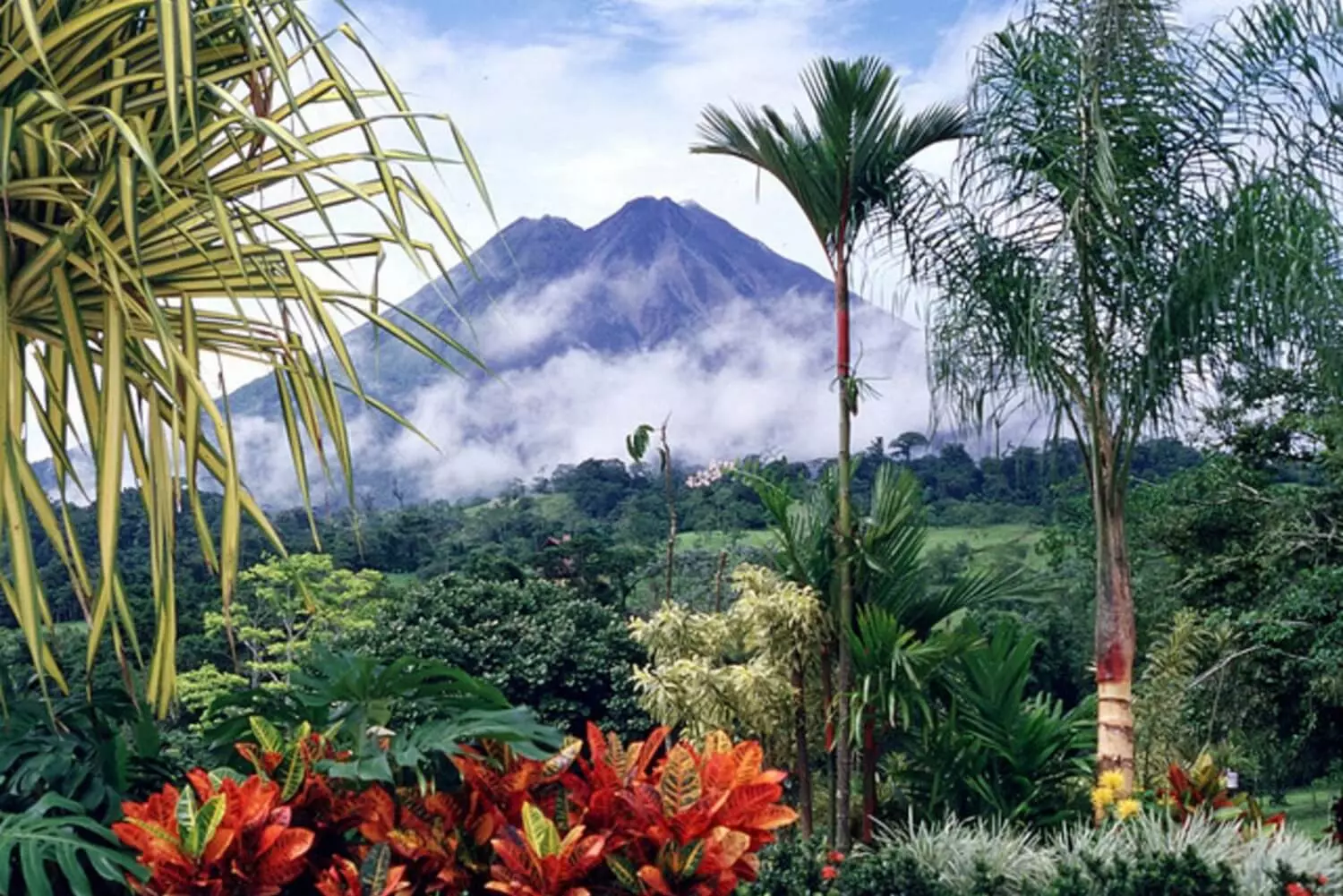
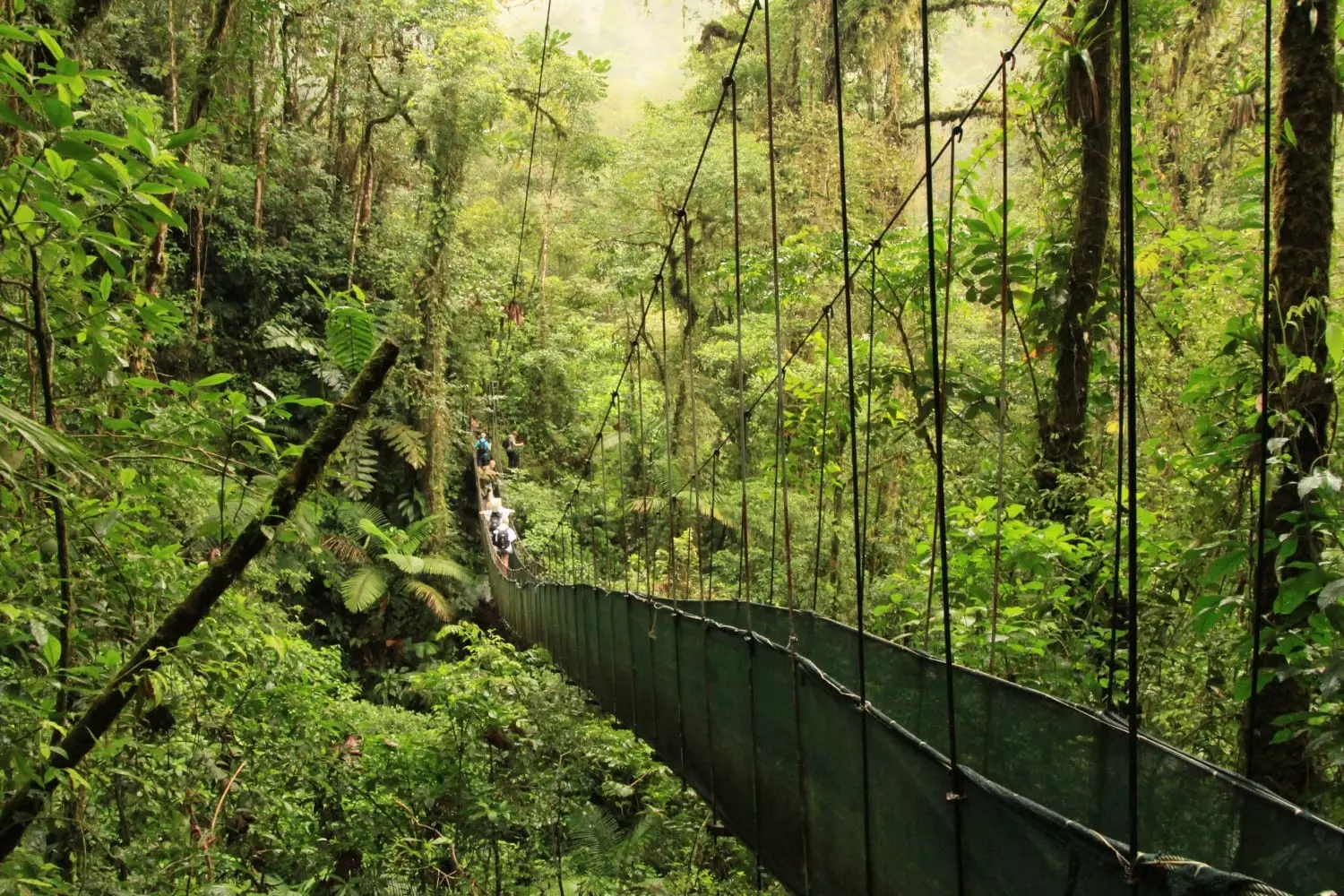
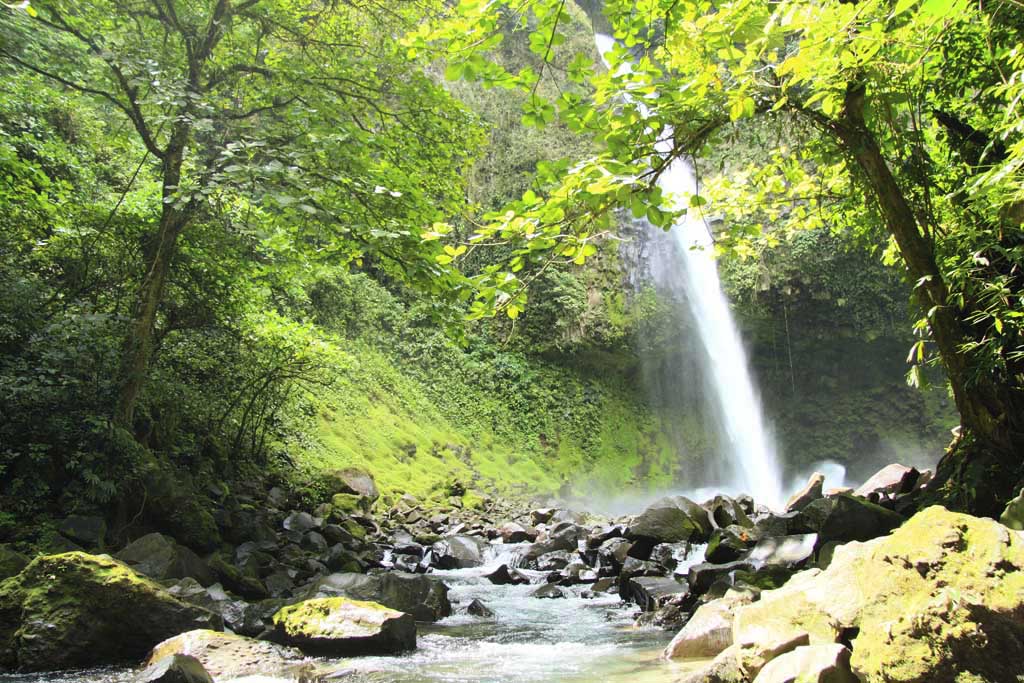
Tips for Birdwatching
Bird watching in Costa Rica offers a unique opportunity to observe a rich variety of bird species in their natural habitats. Whether you are an experienced birder or just starting out, here are some tips to enhance your bird watching experienc
1. Research and Plan: Before your trip, research the different bird species found in Costa Rica and learn about their habits and preferred locations. This will help you narrow down the places you want to visit for optimal sightings.
2. Hire a Local Guide: Consider hiring a local guide who is knowledgeable about the region’s birds. They can take you to prime spots and help identify various species based on their calls, behavior, and appearance.
3. Be Patient: Bird watching requires patience as birds may not always appear instantly or stay in one spot for too long. Take your time, be still, and allow yourself to blend into nature while observing their activities.
4. Use Binoculars: Invest in a good pair of binoculars with clear optics for better close-up views of distant birds. Practice using them before your trip so that you’re comfortable adjusting focus quickly when needed.
5. Dress Appropriately: Wear muted colors like greens or browns to camouflage yourself within the surroundings without alarming the birds away. Avoid wearing bright clothing or excessive accessories that may scare off shy species.
6. Respect Wildlife: Remember that you are entering these creatures’ natural habitats; thus it’s crucial to respect their space by keeping noise levels low and refraining from disturbing nests or feeding areas.
7. Get Up Early: The best time for bird watching is usually early morning when many species are most active searching for food.
By following these tips, you’ll have an unforgettable bird-watching adventure while respecting nature’s delicate balance—a truly rewarding experience amidst Costa Rica’s incredible biodiversity!
FAQ: Birdwatching in Costa Rica
Costa Rica’s diverse ecosystems and abundance of avian species make it a popular destination for bird watching enthusiasts.
Monteverde Cloud Forest Reserve, Tortuguero National Park, Corcovado National Park, Arenal Volcano National Park, and La Selva Biological Station are among the best places for bird watching in Costa Rica.
Costa Rica is home to a wide variety of birds, including the resplendent quetzal, scarlet macaw, waterbirds, and various species found in cloud forests.
The dry season from December to April is generally considered the best time for bird watching in Costa Rica due to increased bird activity. However, different species have unique migration patterns and behaviors.
Essentials for a bird watching trip to Costa Rica include binoculars, a field guide, camera with a telephoto lens, comfortable clothing, insect repellent, snacks, water, hat, sunscreen, and rain gear.
Tips for successful bird watching in Costa Rica include research and planning, patience and observation, using binoculars, dressing appropriately, respecting wildlife, and starting early in the morning.
Bird watching in Costa Rica is unique due to the country’s incredible biodiversity, variety of habitats, and the opportunity to observe rare and exotic bird species in their natural environments.
